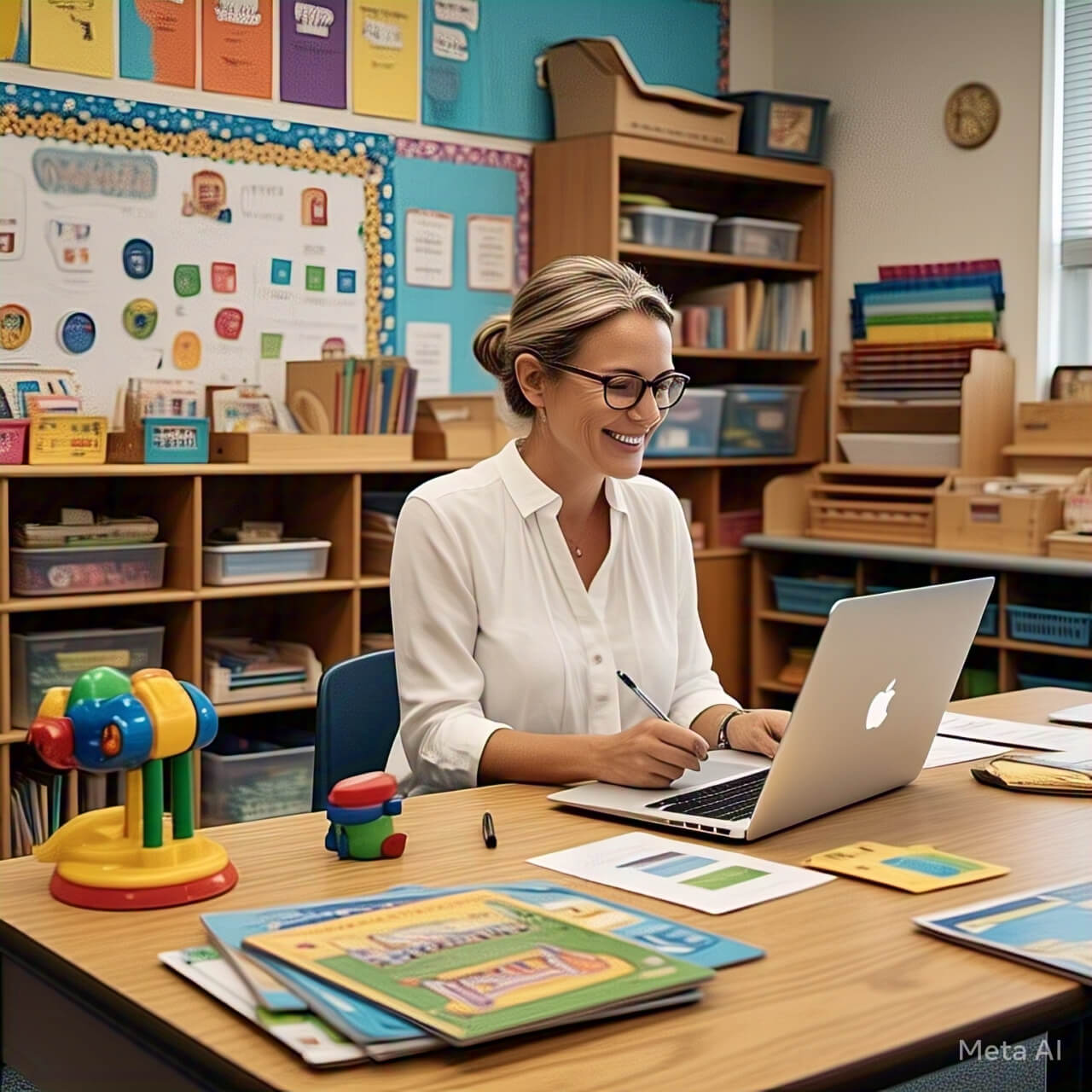Creating engaging lesson plans is essential for keeping students interested and helping them learn effectively. A good lesson plan is like a roadmap that guides both the teacher and the students through the learning process. It should be clear, organized, and fun. To make your lesson plans engaging, you need to understand your students’ needs, interests, and learning styles. Start by setting clear goals for what you want your students to achieve.
Use a mix of activities like group work, discussions, and hands-on projects to keep things interesting. Visual aids, such as pictures, videos, or charts, can also make lessons more exciting. Always leave room for flexibility so you can adjust based on how your students are responding. Remember, an engaging lesson plan is not just about delivering information; it’s about creating an experience that students will remember and enjoy.

10 Tips for Creating Engaging Lesson Plans
- Know your students’ interests.
- Set clear learning goals.
- Use visuals and multimedia.
- Include interactive activities.
- Keep lessons short and focused.
- Encourage group discussions.
- Add real-life examples.
- Be flexible and adaptable.
- Use games or quizzes.
- Ask for student feedback.
1. Understand Your Students
To create engaging lesson plans, you need to know your students well. Understand their interests, strengths, and challenges. This helps you design lessons that resonate with them. For example, if your students love sports, use examples from games to explain math or science concepts. Knowing your students also helps you choose the right teaching methods, whether it’s visual, auditory, or hands-on learning.
2. Set Clear Objectives
Every lesson plan should have clear goals. What do you want your students to learn by the end of the lesson? Write these objectives in simple language and share them with your students. Clear goals keep the lesson focused and help students understand what’s expected of them.
3. Use Visual Aids
Visual aids like pictures, videos, and charts make lessons more interesting. They help students understand complex ideas easily. For example, a diagram can explain a science concept better than words alone. Visuals also keep students engaged and make learning fun.
4. Incorporate Interactive Activities
Interactive activities like group work, role-playing, or experiments make lessons lively. They encourage students to participate and learn from each other. For example, a group discussion on a history topic can help students share ideas and think critically.
5. Keep Lessons Short and Focused
Long lessons can bore students. Break your lesson into smaller parts with short activities. This keeps students focused and gives them time to absorb information. For example, a 10-minute lecture followed by a 5-minute activity works well.
6. Encourage Group Discussions
Group discussions help students share ideas and learn from each other. They also build communication skills. For example, after reading a story, ask students to discuss the characters and plot. This makes learning more interactive and fun.
7. Use Real-Life Examples
Real-life examples make lessons relatable. For example, use money to teach math or weather patterns to teach science. This helps students see the practical side of what they’re learning and keeps them interested.
8. Be Flexible
Sometimes, lessons don’t go as planned. Be ready to adjust based on how your students respond. For example, if students find a topic difficult, spend more time on it or explain it differently. Flexibility ensures that all students can keep up.
9. Add Games or Quizzes
Games and quizzes make learning fun and competitive. For example, a quick quiz at the end of a lesson helps students review what they’ve learned. Games like word puzzles or math challenges also keep students engaged.
10. Ask for Feedback
Ask your students what they liked or didn’t like about the lesson. Their feedback helps you improve future lessons. For example, if students found an activity boring, you can replace it with something more exciting next time.

FAQs
| Question | Answer |
|---|---|
| Why are engaging lesson plans important? | They keep students interested and help them learn better. |
| How can I make lessons more interactive? | Use group discussions, games, and hands-on activities. |
| What are good visual aids for lessons? | Pictures, videos, charts, and diagrams work well. |
| How do I set clear lesson objectives? | Write simple goals and share them with students at the start of the lesson. |
| Why is student feedback important? | It helps you improve your teaching methods and make lessons more engaging. |
This article provides a complete guide to creating engaging lesson plans in simple, easy-to-understand language. Follow these tips and explanations to make your lessons more fun and effective.


